Exploring The Cradle Of Wine
Hello everyone!
I hope everyone who reads my review about different places in Georgia like it at least to a extent. I think even if it is not perfect it is not so bad to read. Today I have thought I would describe a famous district situated in the eastern side of Georgia which is none other than Kakheti. In this review I will try my best to describe the district, the tourist attractions, history and transportation.
Kakheti is accessible by buses, mini-buses and train departing from Tbilisi the capital of Georgia and also other important cities like Kutaisi, Poti, Bakuriani etc. The buses and mini buses in Tbilisi start from the Vukzali bus station, Orthachala bus station, Didube bus station. Trains usually leave from the Tbilisi Central Railway Station that is situated in Vukzali.
Kakheti is the richest wine producing district in the entire Georgia and it is one of the most visited places in Georgia. Kakheti was captured by the Georgian king David the Builder only in the late 12th century after whose rule the region underwent through various disputes. Now it is in the hands of Georgia with Telavi as its capital. Kakheti makes the eastern end of Georgia having the countries Azerbaijan and Russia on its borders. The region has a wide cultural heritage and a strong history. The people of the region are friendly, helpful and they are exposed to the taste the wine right from their birth.
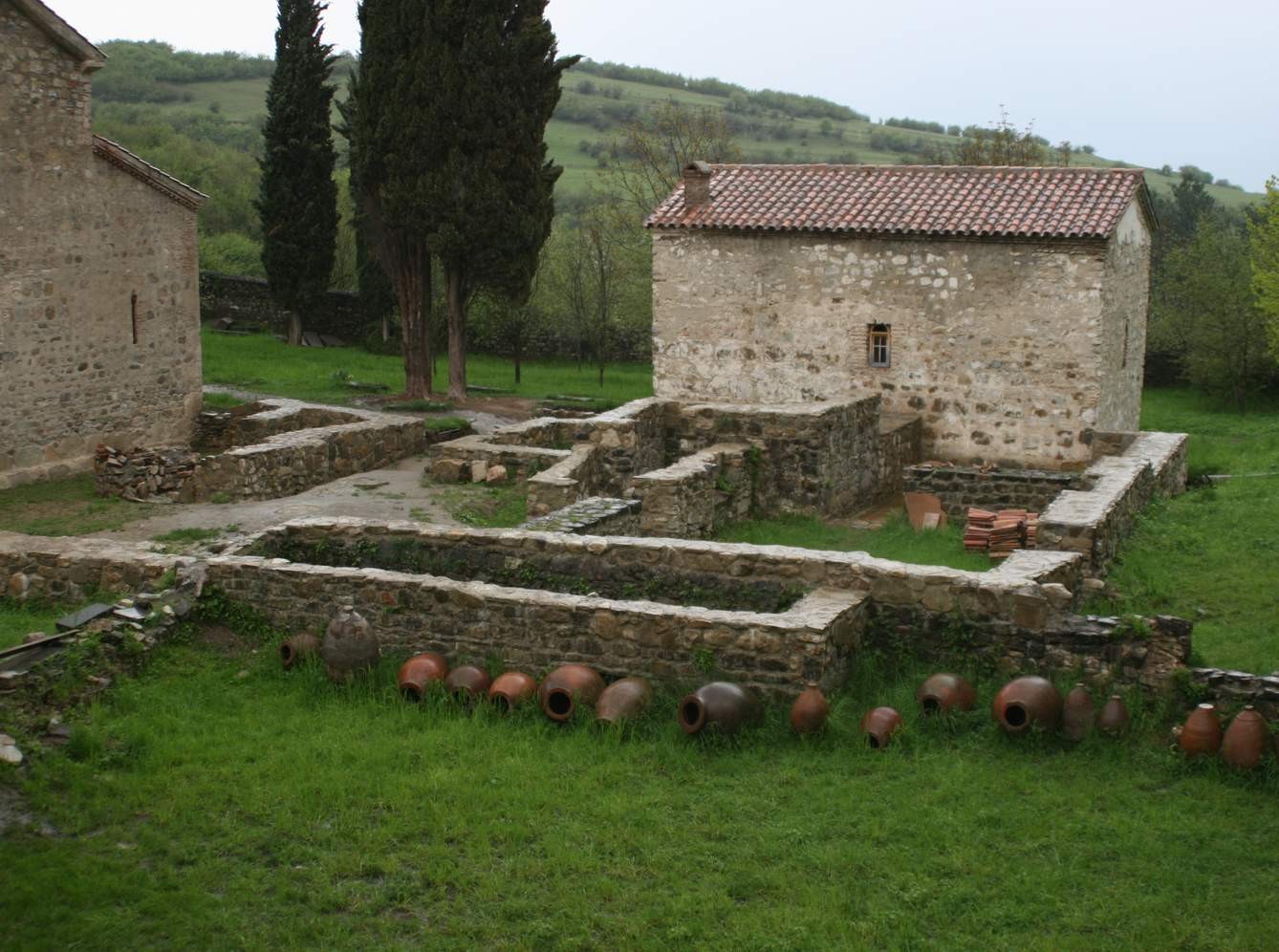
The geography of the Kakhetian region needs a very special description because of its most beautiful and diverse landscapes. Kakheti has the snow-covered mountain ranges of the main Caucassus mountain with heights from 3300 to 4500 meters. It has very fertile lowlands, deep valleys and also some semi-desert areas, like Dedoplitskaro and Sagarejo district. The Caucasus mountain range slopes steeply into the Alazani valley giving it a splendid look. Kakheti has famous mountain roads and also some amazing passes like the Abano pass. The Abano pass is an extremely dangerous road to be described, it is situated at a height of 2800 meters above sea level and the road is extremely bumpy, it has very narrow hairpin bends which make difficult for even two cars to pass at the same time. During the winter the road is closed due to its extremely dangerous properties, from the month of october to june. The snow damages the road and the valley is also most prone for avalanches. There are no guardrails or other means of protection in these roads and therefore extreme precautions must be taken while travelling. Abano pass connects two districts Kakheti and Tusheti. Farmers of this region produce a wide variety of grapes and they are experts in producing a wide variety of high quality wines.
As the geographical features of the Kakheti widely differs with alternating valleys, mountains and semi-deserts the climatic conditions also vary depending on the region. The winter tempertaure would have an average of 0 Celcius degree and the summers would be 23 to 25 Celcius degrees. The region also fairly receives a good amount of the average rainfall.
Kakheti has a good historic background. The region of Kakheti was formed first by Kakhos who was the son of Kartlos who are considered to be the forefathers of all Georgians. Kakhos got the region between the Caucasus range and the Kakheti mountain that extended from the Aragvi river. Brother of Kakhos named Kukhos had the land from Aragvi to Hereti. Until Ujarma was built, Jaleti functioned as the administrative centre of the Kakheti region in the ancient period. Later, in te 11th century the administrative centre was transfered to Telavi. During this period Kakheti also struggled hard for the unification of Georgia. After the unification Kakheti was a strong administrative unit of the region. Few years later Kakheti kingdom was invaded by Persians which lead to the destruction of the administrative town after which Telavi was made the administrative town again.
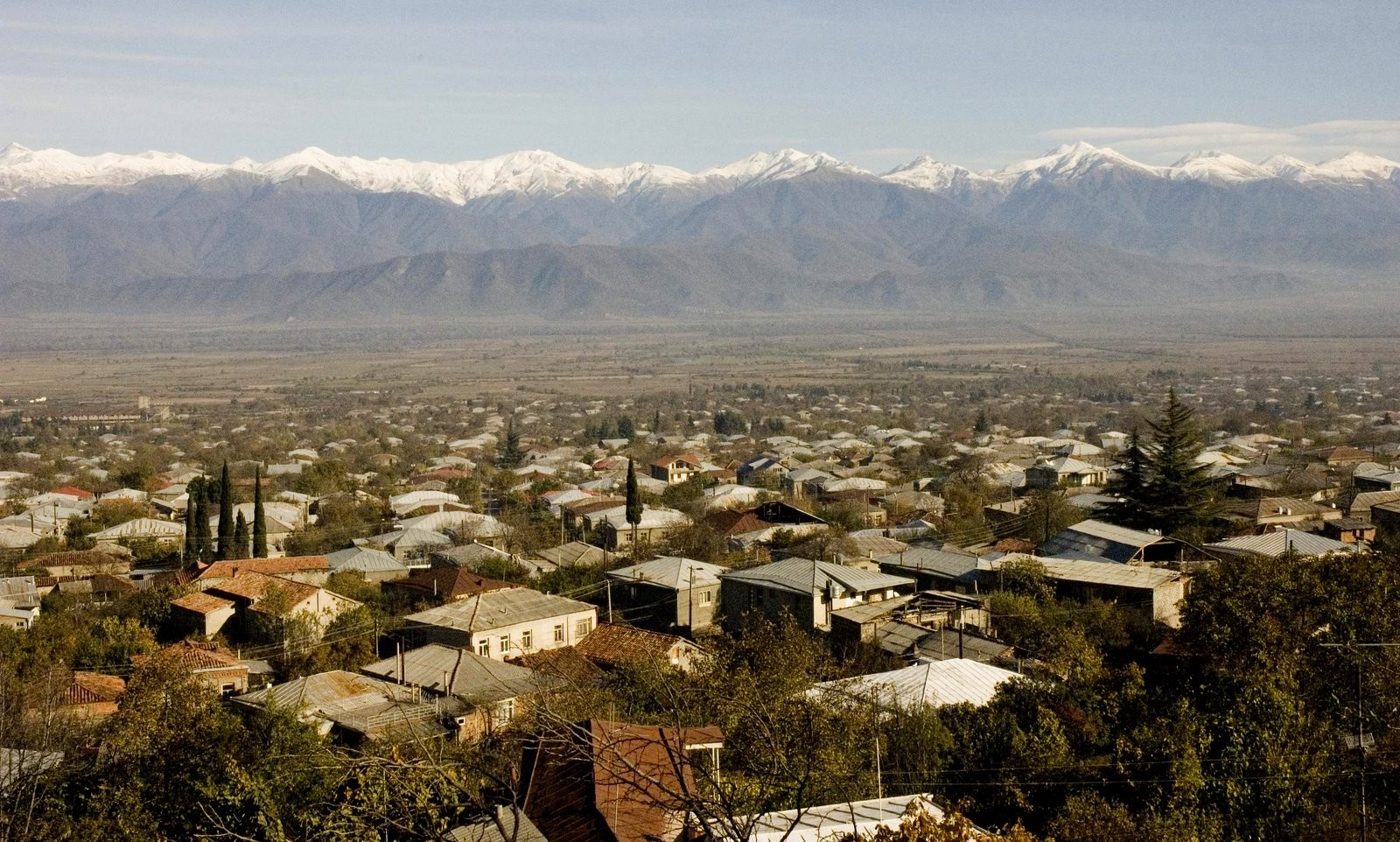
Telavi is the capital of the Kakheti district and it is a picturesque town with the scenic beauty. It served as the capital of the Kakheti region from the ancient period. The Caucasian range that runs to Alazani valley can be seen from most part of Telavi.
Sighnagi is another fortified town in this district which by itself is a place of tourism. I would write about it in another article. Sighnagi is a fortified town which was built in the 18th century during the period of King Erekle. The fortress wall spans about 2. 5 kilometers and has 25 towers and 5 entrances. In the past each tower had its own name. The embrasures in the fortress were built in a way that the soldiers were able to attack the enemy from any point.
Georgia is called "The Cradle Of Wine" and that is because of a strong reason that Georgia is the oldest wine making nation in the world. The archaeological findings support this statement very strongly. The paleontologists have excavated a number of material evidences like 7000 year old grape-stones and many more antique vessels. With all these facts the wine has become an identity for Georgia along with its architecture, religion and poetry. The wine is considered to be a symbol of plenty of wealth.

Georgia is the cradle of wine making from the very ancient times. Kakheti has its history of wine making beginning from the sixth mellinium BC. Archaeological excavations made in this area gathered many evidences including some left-over grapes that dated back to this period of time. Researchers also believe that the word 'wine' or 'vine' is derived from the Georgian word 'ghvino' which means wine. Today there are about 2000 varities of grapes out of which 500 varities are Georgian. The excavations in different places have gathered different wine associated antiques like wine presses, wine cellars, wine glasses made of clay and metal etc. They have also discovered a statue of a wine drinking man that belongs to IX th century. Metal wine glasses discovered also include gold, silver and bronze wine glasses which are decorated by precious stones. There were primitive wineries in the church complexes and monasteries which can be found even today. Nekresi wine cellar from IV th century and Ikalto Monastery complex are two important places among them. Ikalto monastery complex also served as an important academy in the past teaching students of various disciplines of science and handworks. There is also the oldest 40 pitcher wine cellar where wine making tradition is still in practice. An interesting wine store can be found in Kvareli district, the store is inside a long tunnel of rock that runs about 13 kilometers. It maintains a permanent temperature of 14 to 16 Celcius degrees that is ideal for wine production. Enoteca in Italian meaning wine repository located in Alexander Chavchavadze land was built with good architecture and also holds some precious collection of wines with a wine called "Polish Honey" that belongs to 1814.

There are wide variety of grape species grown in the Kakhetian region and some of the most important varieties are described below.
- Rkatsiteli is an important indigenous variety of grape grown in Kakheti region. All high quality wines are made of this species of grapes.
- Mtsvane Kakhuri is also an indigenous variety of grape species grown in Kakheti region. From this species they obtain mild and aromatic wine that is often mixed with other white wine to enhance the flavour.
- Khikhvi is an indigenous variety of grape species that is used to make a high quality liquor type wine.
- Saperavi is an indigenous red wine variety that is worth mentioning in the red wine varities of the world. It grows in most of the Kakheti region.
There are different microzones in the Kakhetian region in which are cultivated some of the world's best varities of grapes mostly used for the production of premium quality wine. Some of the micro zones are mentioned below:
- AOC Tsinandali- this microzone is situated on the bank of Alazani river at a height of about 300 to 750 meters above sea level. Georgia's most famous white wine variety 'Tsinandali' is made of the grape species of Rkatsiteli and Kakhuri Mtsvane.
- AOC Mukuzani- this microzone located in the centre of Kakheti region on the right bank of Alazani river includes many small villages which cultivate the famous red grape variety Saperavi for producing the Georgian famous red wine variety 'Mukuzani'.
- AOC Akhasheni- microzone in the Kakheti region at a height of 350 to 700 meters above sea level where the popular grape variety 'Saperavi' grows. During the time of Soviet occupation in Georgia the famous Akhasheni wine used to be semi sweet but now this microzone produces good varities of dry red wine.
- AOC Napareuli is a microzone situated at a level of about 200 to 500 meters above sea level enclosing a number of villages. This microzone produces a good quality red and white wines. Red wine from this microzone are made from 100% Saperavi.
- AOC Kindzmarauliis a noteworthy microzone situated in the left bank of Alazani river at a height of 200 to 500 meters above sea level. The soil of this region contains a number of minerals and it is rich in precious metals like gold, silver, diamond etc. The climatic conditions of this region are also different from the other places which helps in the production of superior quality of saperavi grape variety. In the past only semi-sweet red wine was produced in this area but today good quality of dry wines are even made.
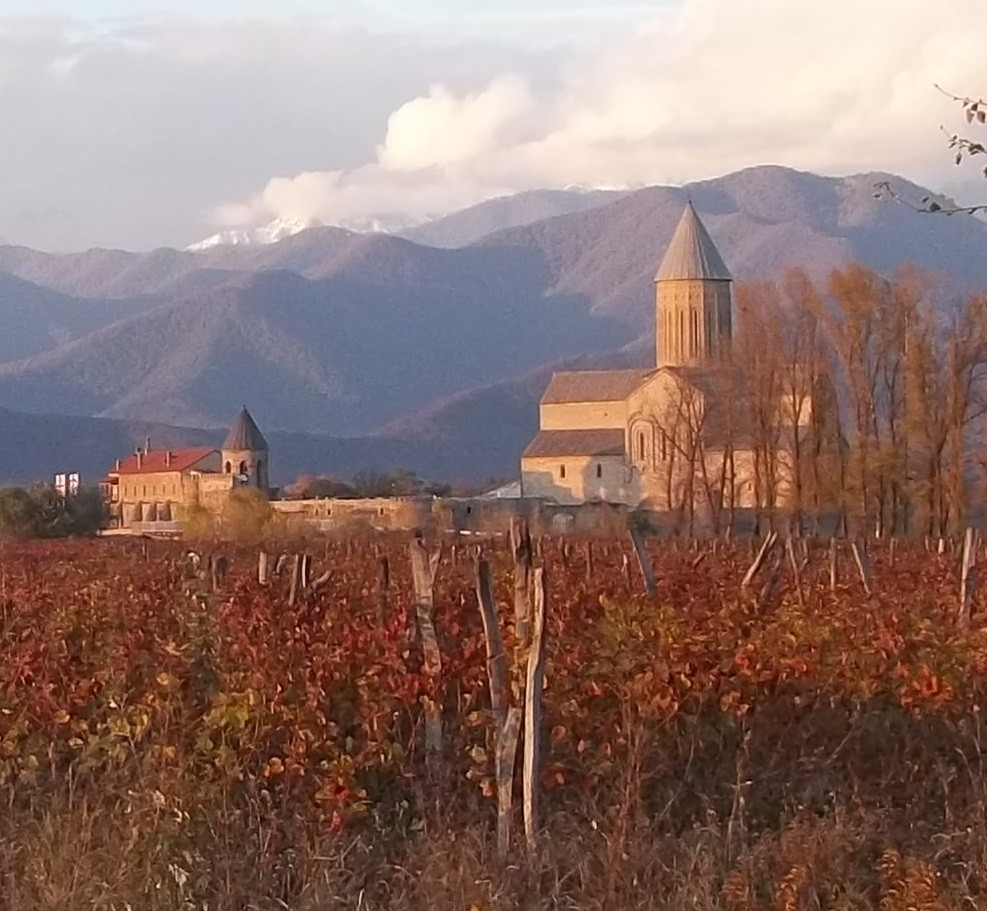
'Georgian Supra' is one of the traditional custom of the Georgian people without which a feast would always be incomplete. There are two types of Supra: one is done during a feast and the other after a funeral. 'Supra' literally means 'table cloth' in Georgian; if there is no available table then the supra is done on the floor. The main person for the supra is the Toast Maker called 'Tamada'. Particularly the Tamada must be a good speaker who is capable to make good toasts which are really emotional and catchable, he should also be able to consume huge amount of alcohol without showing the signs of getting drunk. During the feast the Tamada makes the toast and the others raise their glasses. After the Tamada speech the one on his right makes the next toast or gives a small speech about the event and then the next person does the same. This keeps going on and on for rounds. However eating during this process is not wrong, talking in the middle of the toast is considered to be inappropriate. Toasts are generally made about the festival, the reason of feast, Georgia, etc. The vistitors of Kakheti vineyards of the local peasants will have an opportunity to be a part of this traditional process. It can be mostly experienced during the harvest period.
Apart from this traditional wine and vineyards there are cathedrals in different places of Kakheti region.
- Cross Domed Cathedral also known as Alaverdi monastery was built in the 6th century by an Assyrian father after whose death he was burried there in the same place. The cathedral underwent some serious damages during wars and battles in the past. The dome of the cathedral was destroyed by an earthquake however the cathedra was renovated and now it is the second tallest cathedral in Georgia after the Trinity Cathedral located in Tbilisi, the capital of Georgia. In the past the cathedral served also as an important education center.
- Matani Castle and Monastery Complex includes a fortress with no gates it means that the fortress was not built for any communal purposes and it was rather a private property of the Cholokashvili family. All the towers and fortress of the castle are of equal size which distinguishes it from other castles. There is also a monastery complex located nearby which is considered to have been built during the 16th century.
- 'Gurjaani Kvelatsminda' literally means 'all saints'. Two-domed cathedral located in the district of Gurjaani is the unique as it is the only two-domed church in Georgia. This church denotes the transitional period in Georgian culture. The church has encircling path to the second floor, moreover there is milk flowing from its walls. Most of the nursing and dried up mothers visited the churches on a piligrimage and it is said that most of the devotees who visited the church with problems were cured.
- Vachnadziani Monastery Complex which was built in the 8th and 9th centuries is situated in this district to the east of Kvelatsminda. This monastery complex actually suffered a serious land slide and most of it was destroyed. This monastery served as an important educational centre. Some of the famous kings who ruled the region are said to be educated here.
- In Dedoplistskaro district is located a church called Vaziani. It is a domed church built in the 10th century. Although there are no tourist attractions there is a interesting fact that the church had been covered with frescoes of queen Tamar and her husband Davit that was washed away during the past.
- Khornabuji has a renowned fortified town that was built during the period of a king named Vakhtang. The fortress located at a height has a strategical position and has stood strong during different battles, however it was severly damaged by the Mongolian army. After a period of time it was captured by the Persians and was relieved only after the 16th century.
- Telavi, the capital of Kakheti has three important monastery complexes:
- The first one is Akhali Shuamta built in the 16th century that has a legend behind it. It is said that Lord Gurieli's daughter named Tinatin had once a dream and according to it she would marry a prince who had a white cornel tree in his farmstead. As a return she would built a church for Virgin Mary, her dream came true and she was married to the king named Levan. When she died she was buried at the same place where the church stands.
- Dzveli Shaumta is one of the oldest christian churches in Georgia built in the 5th century. The walls of the church still have some pieces of frescoes and inscriptions written in old Georgian language. The church is located in the centre of a forest thereby having natural protection from three sides and the fourth side have a fortress. It is said that Queen Tamar once spent 40 days in this church.
- The third monastery to be mentioned is the Ikalto monastery that was described before for its wine cellar and its service in education.
- Lagodekhi district has a monastery built in the 10th to 11th century called the Leliani monastery which had a good architecture belonging to the 11th century however there was a reconstruction of the monastery in the late 17th century which has left its impact in the architecture of the church.
- 12 cave monastery complex is the largest among the monasteries of Georgia covering about 10 hectares of land in the region called Gareji. This monastery complex includes different monasteries that are engraved in rock. The monasteries include Davit's Lavra, Dodo's horn, Baptist, Monks place, Udabno, Kolageri, Tsamebuli etc. Gareji served as a royal monastery as the monarchs of Georgia endowed their lands and other valuable treasures there. Most of the famous historical people lived there and it was there were one of the famous hymns of Virgin Mary was written. Due to its wealth it was prone to attack and the Persians once attacked the monastery complex, killed around 6000 monks and looted all the wealth there.
- Manavi Domed Church built during the 18th century is one among the weird churches in Georgia. It is weird because of the fact that the church remained non functional for years and the people of that area even dove cattles into the church at night. The church is noted for its dome as one half of the dome is made up of cobble stones and the other half is built with bricks.
- Katsareti also known as the Khashmi Monastery has three nave basilica built during the 5th and the 6th century. This monastery is located in the route that connects Lori valley to a mountain range via a mountain pass. There is a story that says that King Vakhtang rested in the place where the monastery is located now once during his military campaign and he prayed that if he wins the battle he would built a monastery in that place and so it was built.
- Bodbe Monastery Complex is located in the district of Sighnagi built somewhere between the 4th and 9th century. It is the place where the holy Saint Nino is burried after death. Saint Nino is considered as the enlightener of all Georgians. This monastery was renovated and repainted in the 18th century. It also served as an educational center and has a prominent role in the political life of the country.
- Khirsa Monastery that was built in the 6th century founded by the assyrian father Khirsa who after his death was burried there.
- Gremi Cross Domed Church that was built during the 16th century is found in a magnificient but a short lived town. The church called the Archangel church is said to be one of the masterpiece of the medeival period however there was political unrest and frequent invasions by the Prussians which damaged the church completely and was never rebuilt. During its period the church hosted a wide range of cultural and literary activities.
- Nekresi Monastery Complex, The Nekresi town was found during the 1st century BC by a king named Panajom. In the 4th century AD King Tradt built a small basilica in the region, years later a Assyrian father lived there and found a monastery. The monastery in due course had Small basilica of 4th century, Three church basilica, domed church, a palace, a tower of 16th century etc. The monastery served as an important cultural, educational, spiritual and political center.
- Dzveli Gavazi has a cross domed church devoted to Virgin Mary built during 5th to 6th century and it is an outstanding monument for Georgian architecture. It is a tetraconch curch and many a time the cross on the top was removed and the dome collapsed. During the Prussian invasion the church was turned into a stable. Inspite of all these hardships the walls of the church stands strong even today.
- Not only the cathedrals and natural reserves, Kakheti region have some famous resorts as well, a few of them are described here.
- Arkhiloskalo is a resort located in Dedoplistskaro in the district of Arkhiloskalo. It is a climatic health resort and it is said to be really good for neurological patients.
- Akhtala is a famous mud resort in Georgia located in Gurjaani district and the region has about 9 main mud springs. The mud here in Akhtala is inorganic and serves as a remedy for most of the diseases like Gynaecolgy problems, musculoskeletal system, peripheral nervous system disorders, Cerebral Palsy, Poliomyelitis etc.
- Ujarma is a resort located in the district of Sagajero on the Lori mountain plateau at a height of 900 metres above sea level. It is a balneotherapeutic and climatic health resort. The water here has thermal mineral waters with multiple biologically active micro elements.
- Kvareli resort is located in the Kvareli district at a height of 400 metres above sea level about 8 kilometres from the center of the town on the bank of Alazani river. Important feature about the resort is that it uses two types of mineral water used in bathing procedures to cure diseases related to musculoskeletal system, Peripheral nervous system, Skin diseases etc.

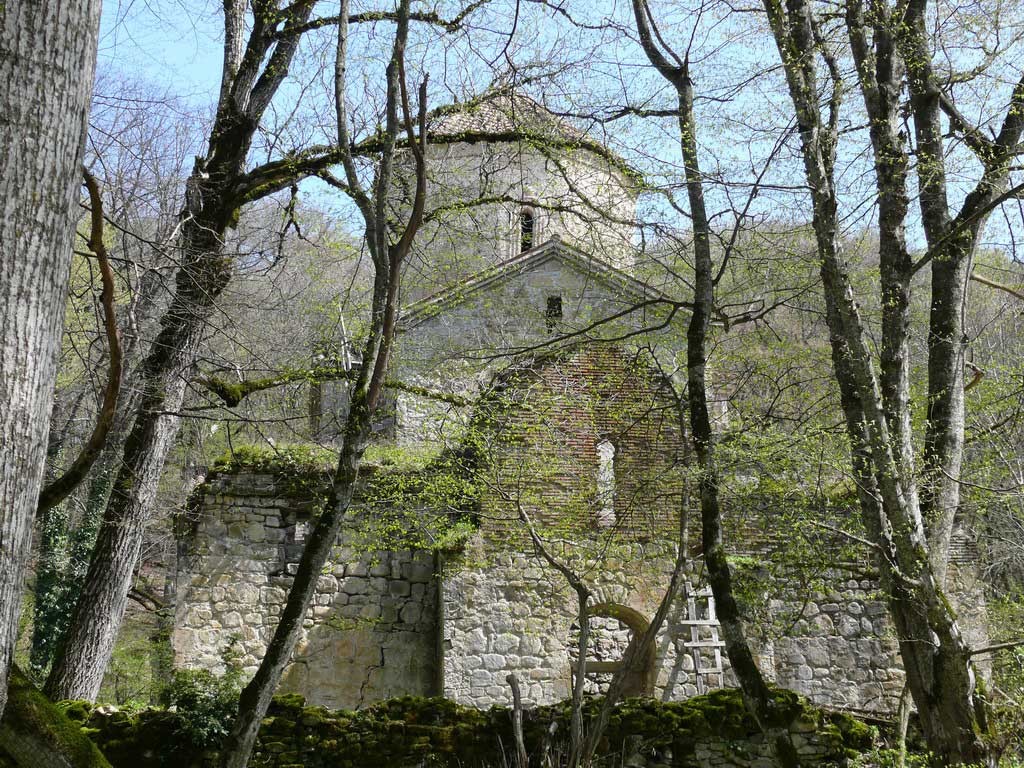


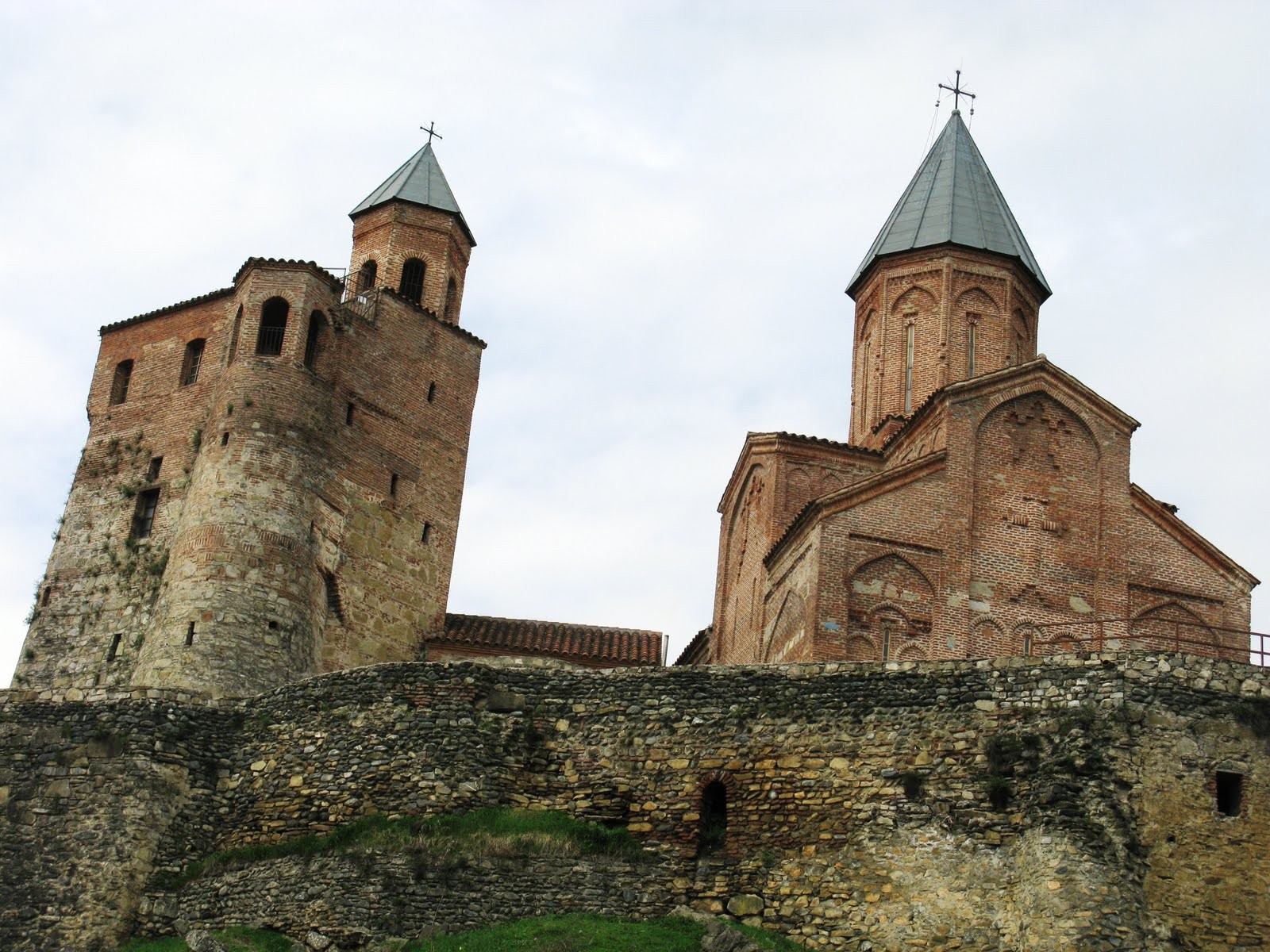
Above are some of the most important monastery complexes and churches that are found in the Kakheti region of Georgia. It also has some of best natural reserves of Georgia like the Lagodheki Natural Reserve, Batsara Reserve, Babaneuri Reserve, Chachuna Managed Reserve, Iori Managed Natural Reserve, Korughi Managed Natural Reserve, Tusheti Protected Areas, Mariamjvari Strict Natural Reserve, Vashlovani Protected Areas etc. Each one of these protected areas and natural reserve need a detailed description in its own and therefore I will write about them in my future reviews.
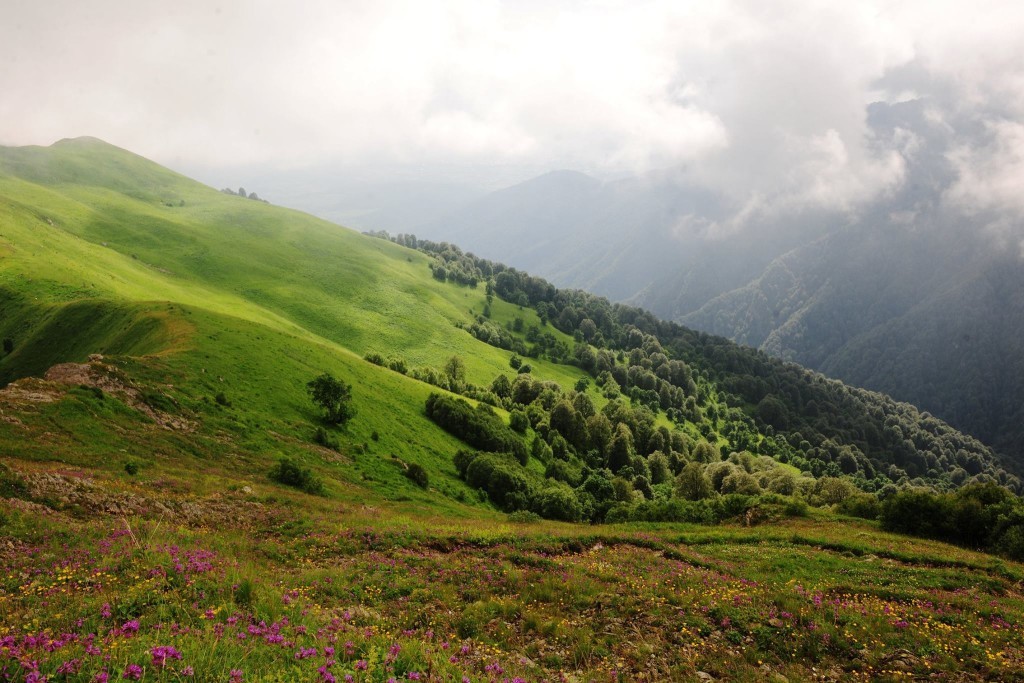

Taking everything into account it is possible to say that Kakheti is a must visit region in Georgia. Sight seeing is not the only benefit that anyone may recieve from visiting Kakheti but it is an opportunity to learn the traditions, mingle with customs, wonder at the beauty of nature and also to learn the history of Georgia. Thank you for reading and Bon Voyage.!
Photo gallery
Content available in other languages
- Polski: Zwiedzanie ojczyzny wina
- Español: Explorando la cuna del vino
- Italiano: Esplorando la culla del vino
- Français: Le berceau du vin
Rate and comment about this place!
Do you know Kakheti? Share your opinion about this place.


























